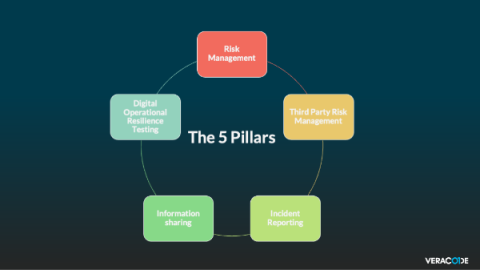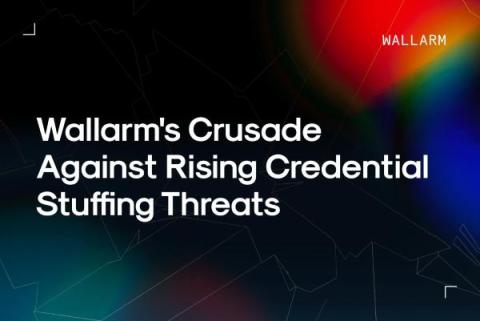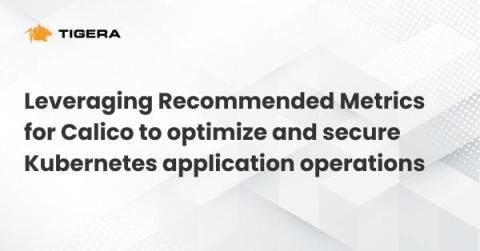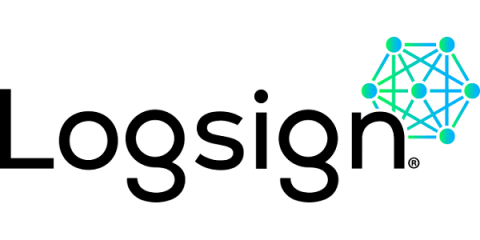The Secret's Out: How Stolen Okta Auth Tokens Led to Cloudflare Breach
Cloudflare experienced a security breach when its internal systems were compromised, leading to unauthorized access to sensitive data. Another incident highlights the importance of maintaining strict secrets security across the supply chain.











